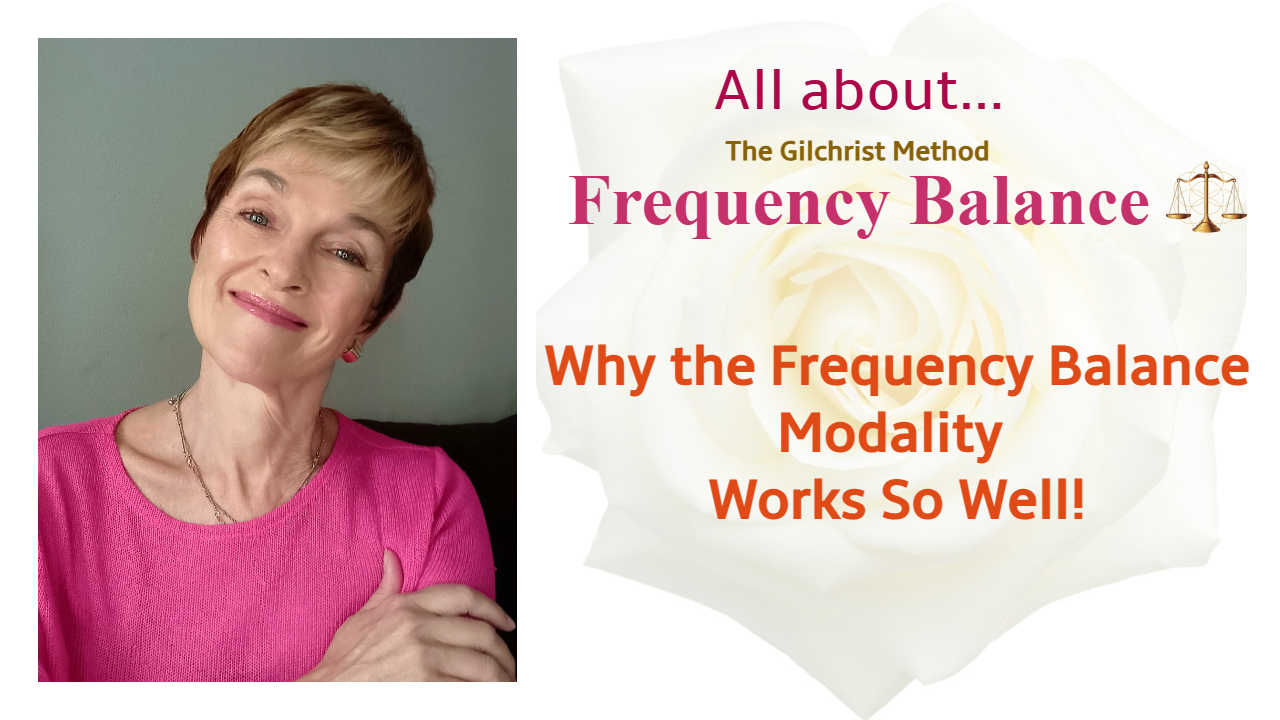
Hi folks! Depending on when you’re reading this blog post, you may have access, or not yet, to buy my new book on the Frequency Balance website, tentatively titled – “The Simplicity of Stability – Tools that Work!” I’m referencing the book because it has such strong synergy with this article: why Frequency Balance as a modality is so unique (and works so well!) in treating mental health issues.
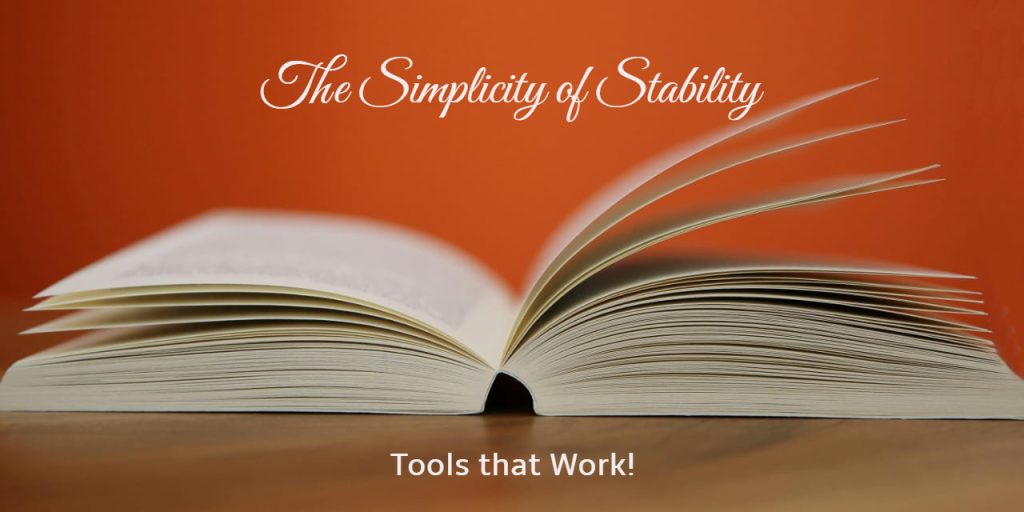
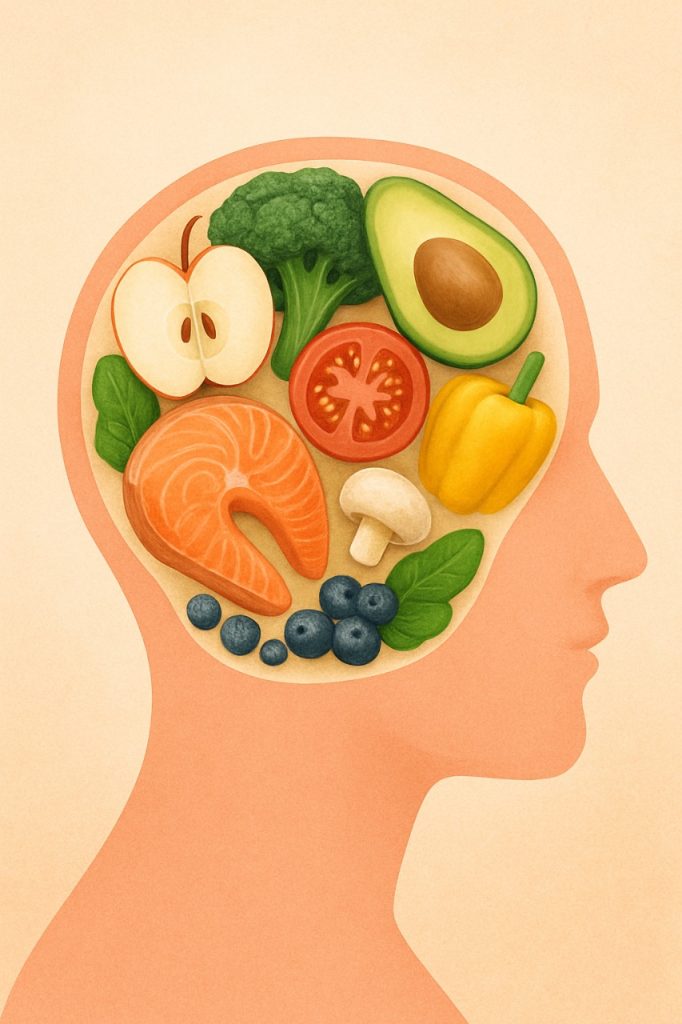
The basic premise is this: I have never, in all my years of counselling – believed, found or understood in any way – that so-called ‘mental’ health issues are only to be treated ‘mentally’. And this is my example: in one of the book’s chapters I focus on the importance of correct diet for mental health issues, and I talk about reasons that diet hasn’t and doesn’t always, feature in treating mental health. Because the assumption is generally, that diet is just a tool for the physical body, no more than that. There’s history behind this notion, and I’ll quote some of it from the book chapter just to clarify:
Western medicine’s historical take on treatments for mind and body being separated, goes back to the philosophy of Rene Descartes, who posed the theory that the mind and body are two fundamentally different entities rather than complementary parts of one holistic system. And this has stuck through some centuries! So, as an example, we have medical doctors (even today) focusing on diet primarily for the body (physical issues, weight, cholesterol, diabetes, and more); while therapists like psychiatrists focus on treating the brain with medication or therapy – which leaves little room for an overlap. Diet and mental health have ended up being treated in separate silos and they still are. It’s often common practice, in therapies for mental health like psychology and counselling, for example, for diet not to feature at all.”
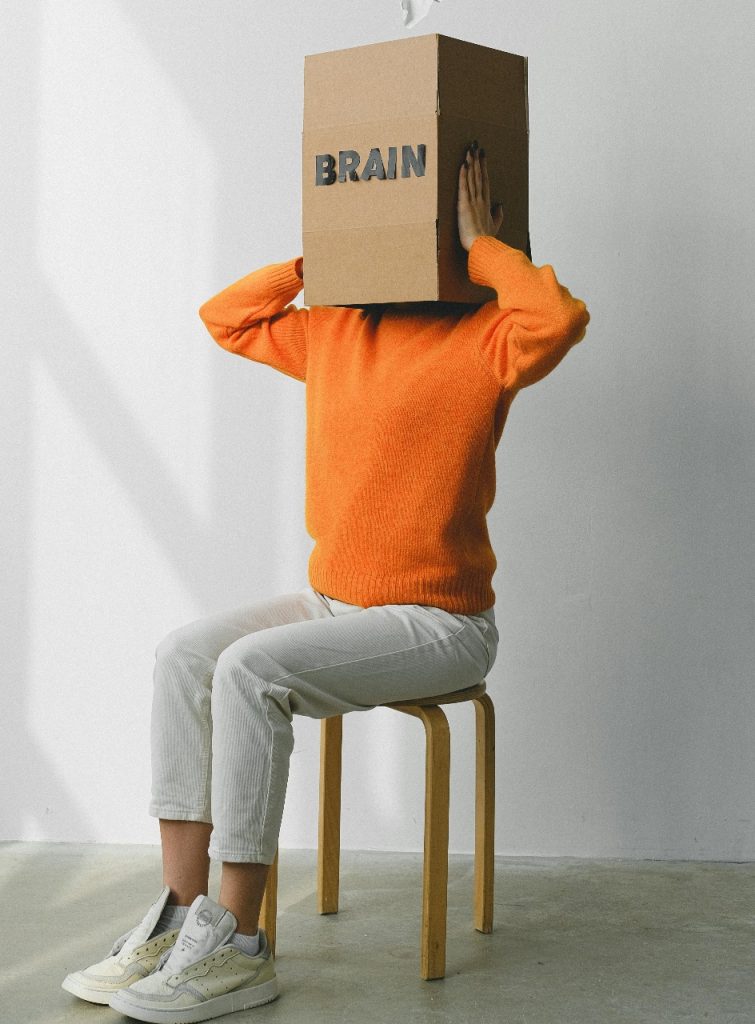
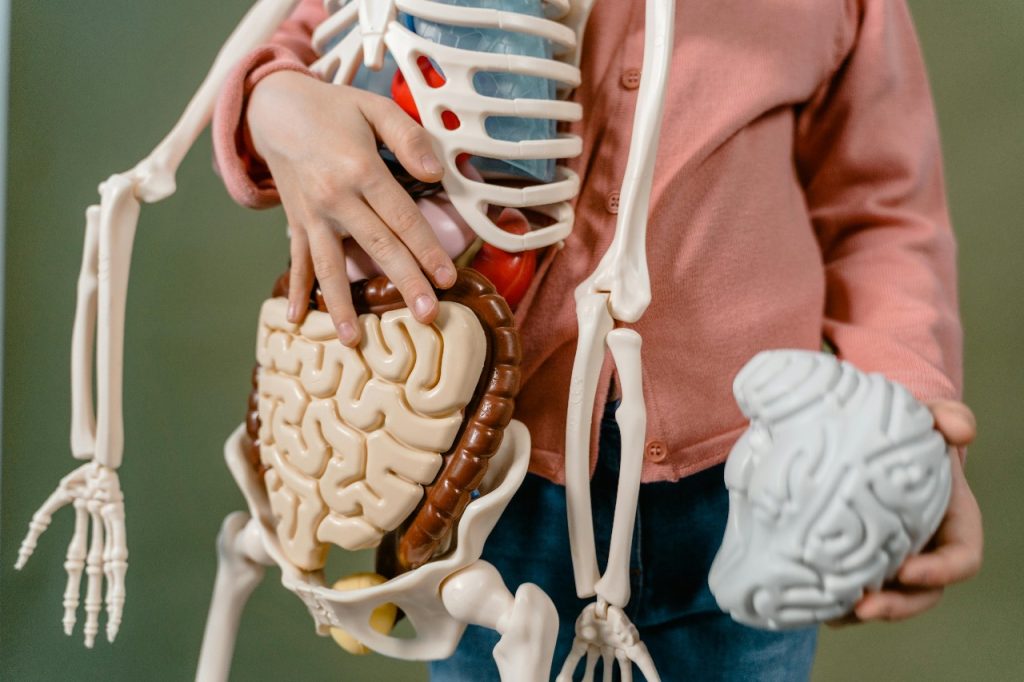
Actually, this ain’t on! And this is precisely what Frequency Balance does not do: compartmentalise the mental, physical, emotional, and even spiritual aspects of so-called ‘mental’ health issues and try to treat them separately. Our bodies are amazingly holistic entities: mind, brain, nervous system, gut, immune system, and overall physical health are deeply interconnected and constantly influencing one another. When one area becomes unbalanced – such as through poor diet, chronic stress, or illness – it can trigger ripple effects throughout the entire system, including mental health. For example, did you know that an ‘incorrect’ or inadequate diet, for example, can not only worsen the symptoms of issues like anxiety, depression, anger, panic, focus issues, mood swings, ADHD and bipolar disorder; but also, in certain cases, create them?! It doesn’t take long for routine anxiety, experienced, let’s say, around one of the bugbears in our life, to become a full-on disorder if our dietary intake is inadequate or ‘incorrect’.
So, when I developed Frequency Balance, I set out to create a modality that doesn’t treat mental health issues in isolation; I have always treated clients with a whole-body perspective that considers biological, psychological, and lifestyle factors together. And while I’m predominantly a ‘talk therapy’ counsellor, I’ve had great success building client stability and resilience with other methods or ‘tools’ (yes, definitely diet as one of them, but with a lot more than that!) These tools often use the physical body’s capabilities and resources, and I’ve found that physical and emotional tools are truly a simple and effective way to reach calmness and stability quickly. If tools are used as routine, they’ll work on stability in the long term and gradually help shift the body into healthier ways of being; but if they’re used as short-term intervention, let’s say for a mental health meltdown of some kind, they can calm, for example, moods swings, uncontrolled emotions, scatteredness etc. to return the body to balance, focus, quiet and being PRESENT in a relatively short space of time. Doing rather than thinking or just talking, has such a profound impact on stability.

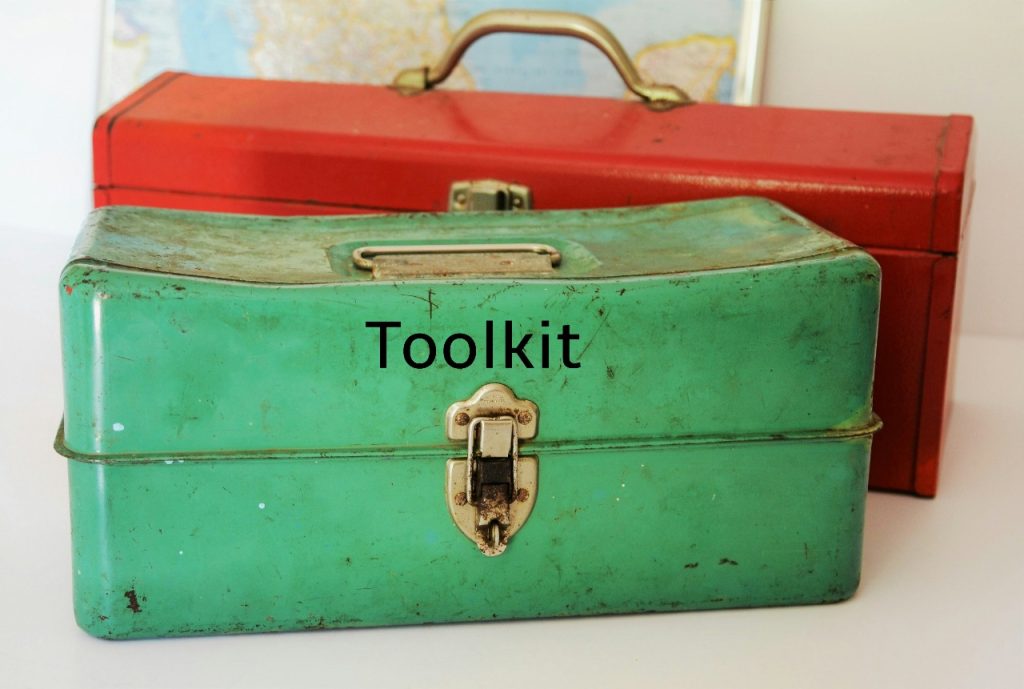
Frequency Balance, on the one hand (the other hand is in Part 2 of this article!), is simply a mixture of talk therapy, and the strategic use of specific physical and emotional tools, taught as daily routine or intervention, to boost stability. And if tools are used frequently and routinely, this achieves two very important things: firstly, self-empowerment. Clients have access to a toolbox to use whenever they need it, to not necessarily book extra sessions to help themselves through trouble. And secondly, brain empowerment! Helping their brains form new connections between neurons by repetitively practicing new activities: this is the beautiful process called neuroplasticity! By constantly using and practicing tools, the body and brain can shift into much calmer and more grounded states of being – which are very achievable over time.
It’s quite ironic how the simplest concepts are often the most effective!